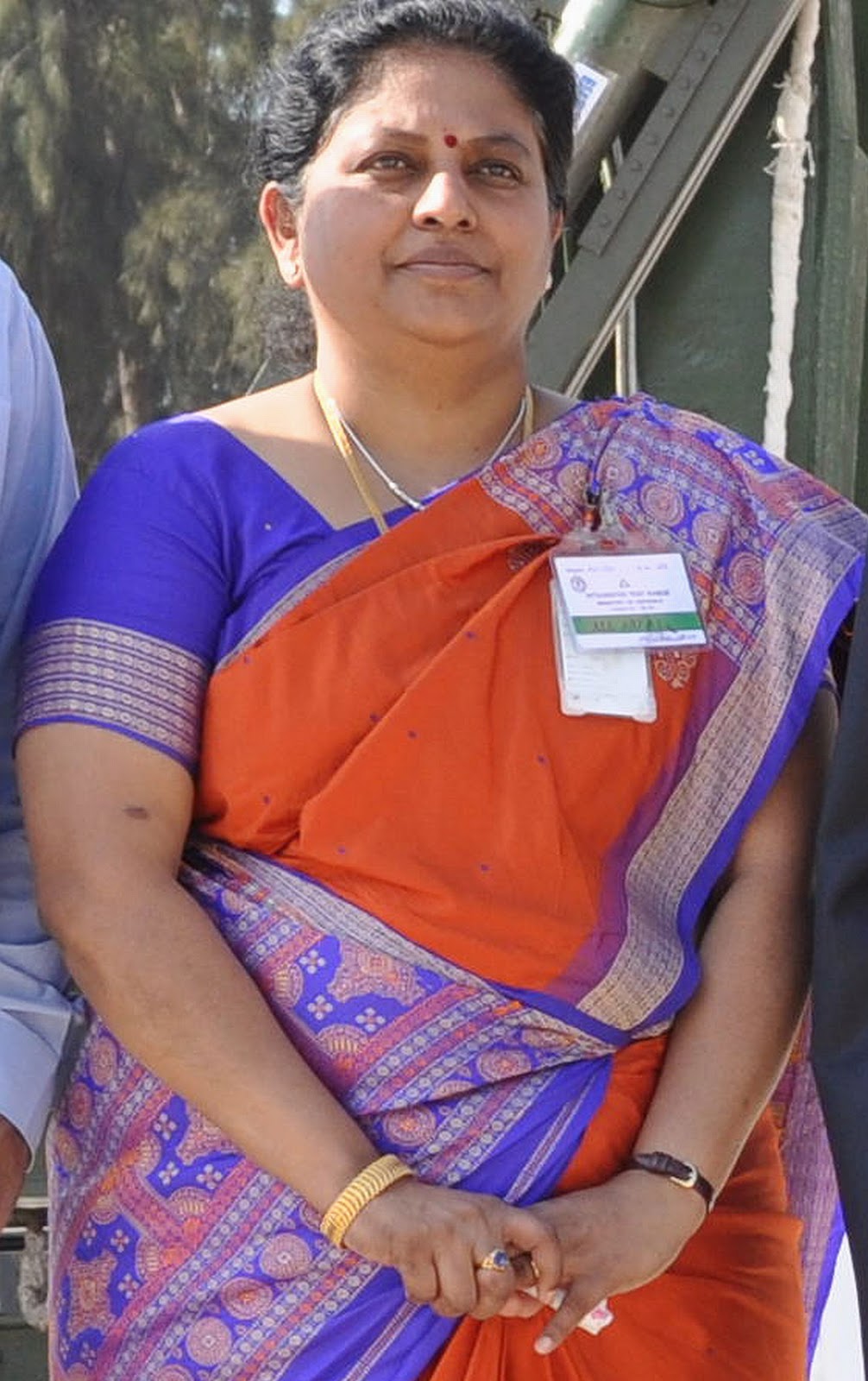HAL Tejas
The HAL Tejas (Hindi pronunciation: [t̪eːdʒəs]) is a multirole light fighter developed by India. It is a tailless,[N 1] compound delta-wing design powered by a single engine. It came from the Light Combat Aircraft (LCA) programme, which began in the 1980s to replace India's ageing MiG-21 fighters. Later, the LCA was officially named "Tejas",[5][N 2] meaning "Radiance" by then Prime Minister Atal Bihari Vajpayee
team tejas
We cleared the Tejas based on the demonstrated capabilities, says Tamil Mani, Distinguished Scientist, CEMILAC Chief Executive,
THE TEAM: Venkatesha T.V., Sc D, Head Mechanical Systems; S.N. Giri, Sc E, Head Structures; S.K. jebakumar, Sc E, Head Aero & CLAW; M. Peter Arjun, Sc E, Head IFCS; S. Nirmala, Technical Officer "c", Asst. Head of Electrical 7 Avionics Systems; Gracy Philip, Sc F, Head, Software Group, Pradeep Mahuli, Addl. Regional Director, Aircraft Escape Systems; P.R. Baghel, Reg. Director RCMA (A/C); K. Tamil Mani, Distinguished Scientist & Chief Executive, CEMILAC; P.S. Deshmukh, Sc G, Grp. Director (Systems); G. Gouda, Grop. Director (Propulsions); R. Kamala Kannan, Sc F, Addl. Director and Kanchan Biswas, Sc G, Associate Director (Aircraft)
I have grown with Tejas and she‘s like my child: Nirmala, Technical Officer ‘C’, Assistant Head of Electrical and Avionics Systems
We follow the SEIZE (Satisfaction, Experience, Inspiration, Zeal and Enhancement) philosophy of work. I look after the hardware systems from the Avionics side. If there was delay in the program, then it was due to the lack of awareness and we are admitting it. But, that’s a thing of past and we have evolved. I am with this project for the last 10 years and I must tell that my male colleagues respected the technical capabilities. As a mother, I can say LCA is my baby. We have very strong sentimental attachment to this program and remember that we withstood all onslaughts. Eventually, the program is the winner
I was shivering when I cleared Tejas for its maiden flight on Jan. 4: Gracy Philip, Scientist F, Software Group Head
I joined the program when I was 22 years. The digital-fly-by-wire systems are very safety critical. Ours is a very demanding job and I have seen it inside out for the last 18 years. Our job was to get into a detailed analysis whenever a failure happened. I am grateful to God that everything has been smooth. I still remember my hands were shivering and heart beat doubling when I cleared the first flight of Tejas on January 4, 2001. When we look back, we have crossed many milestones. We are wedded to this project and very much insulated from all the bad publicity. Ultimately, the truth has arrived. You can call it by any name – IOC, FOC, Induction.
We were all young, energetic and designing FCS for Tejas was a dream: Asha Garg, Sc F
Our average age in the team then was around 30. We were the software group. We were all chasing a big dream. We would never give up, even now. The Tejas project gave us an excellent starting point to our careers. We designed with precision and tested to perfection, which gave us the confidence to sit and monitor each flight.
You need tones of self-motivation to work in DRDO and media should not scare away youngsters: Bipin, Sc C, FCCD
I am working with LCA project for the last 6 years. I am from a middle-class family and come from a small village (Rajdhanwar) in Jharkhand. I joined NIT Jamshedpur in 2000 for BE (Electronics) and four years later got selected to DRDO through campus recruitment. Many people told me not to join DRDO saying it’s a white elephant. I was getting just Rs 11,000 per month then and now things have changed. If you want to stay in DRDO a very important thing you need is self-motivation. It is not that I did not get any offer from other companies, but I wanted to work for LCA and wanted to see it in the IAF. I am also lucky in the sense that I have got a very good working environment. I was in the design team that developed the Air Data Computer (ADC) for LCA, which was flown successfully on 23 April 2010 onboard LSP3. With Tejas getting its IOC finally, I feel I have not done any mistake joining DRDO, as my close friends thought. And, back in my village, I am sure all my relatives and friends will be happy seeing the IOC news. I want more people from remote villages, who are talented, to come forward and join DRDO. I request the Media to encourage more people to join DRDO and don’t scare them away.
























 is a supersonic cruise missile that can be launched from submarines, ships, aircraft or land. It is a joint venture between Republic of India's Defence Research and Development Organisation (DRDO) and Russian Federation's NPO Mashinostroeyenia who have together formed BrahMos Aerospace Private Limited.[3] The name BrahMos is a portmanteau formed from the names of two rivers, the Brahmaputra of India and the Moskva of Russia
is a supersonic cruise missile that can be launched from submarines, ships, aircraft or land. It is a joint venture between Republic of India's Defence Research and Development Organisation (DRDO) and Russian Federation's NPO Mashinostroeyenia who have together formed BrahMos Aerospace Private Limited.[3] The name BrahMos is a portmanteau formed from the names of two rivers, the Brahmaputra of India and the Moskva of Russia






